2020 SMART Toronto
January 23, 2020
SMART Remediation talks have focused on innovative technologies for remediating contaminated sites, approaches for site characterization, project case studies, regulatory and industry perspectives, and other related topics.
The 28th SMART Remediation conference was held in Toronto on Thursday, January 23rd, 2020. Details on the speakers and presentations are provided below.
Speakers
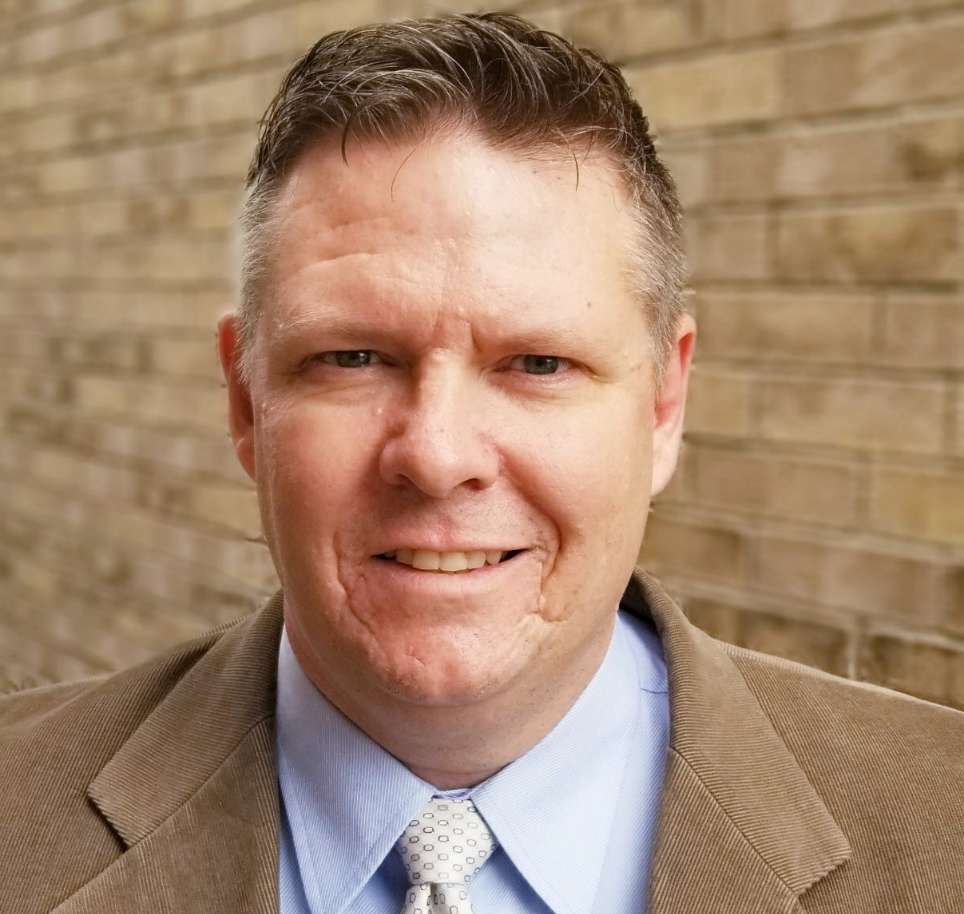
Brad Simpson,
Public Services and Procurement Canada
Federal Contaminated Sites Action Plan (FCSAP) and the separate Northern Abandoned Mines Reclamation Program (NAMRP)
- Bio |
- Abstract
- | Presentation
Brad Simpson
Mr. Brad Simpson is the Manager of Risk Assessments within Public Services and Procurement Canada’s (PSPC) Environmental Services & Contaminated Site Directorate in Ontario Region, based in Toronto. Brad has managed numerous risk assessment, remediation and environmental site assessments projects for PSPC and other federal government custodians in accordance with federal contaminated sites guidance documents and policies and several risk assessments in accordance with provincial regulations. Brad holds a B.Sc. in Chemistry and Environmental Science from the University of Western Ontario. Brad currently co-chairs the Ontario Regional Implementation Planning Board under Canada’s Federal Contaminated Sites Action Plan (FCSAP). Prior to managing PSPC’s risk assessment group, Brad managed PSPC’s Special Projects group focused on assessing low level radioactive waste as part of the Port Hope Area Initiative. He began his contaminated sites career completing Phase II ESAs for Ontario Hydro and prior to working on federal contaminated sites at PWGSC, Brad was a Senior Enforcement Officer and designated Fisheries Officer for Environment Canada.
Federal Contaminated Sites Action Plan (FCSAP) and the separate Northern Abandoned Mines Reclamation Program (NAMRP)
Brant Smith
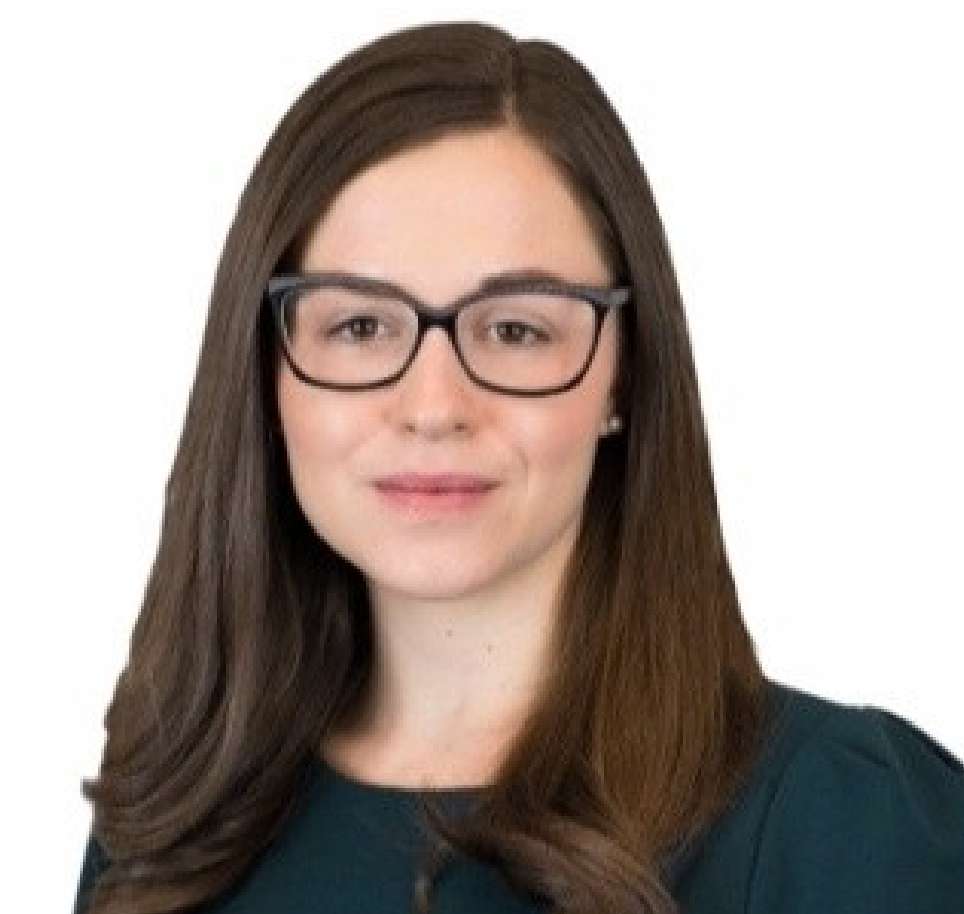
Jessica Boily,
Gowling WLG (Canada) LLP
Science on Trial: What Environmental Consultants Need to Know About Giving Evidence in Court
- Bio |
- Abstract
- | Presentation
Jessica Boily
Jessica Boily is an environmental lawyer in the Toronto office of Gowling WLG. Jessica focuses on environmental litigation, drawing on her commercial litigation background to achieve successful and cost-effective outcomes for her clients. Jessica uses her procedural expertise and technical knowledge to advocate for her clients. Jessica understands that complex disputes require creative scientific and legal approaches. Her clients appreciate her practical advice when managing and resolving multi-party environmental disputes. When litigation is necessary, her clients know that she is a trial lawyer who uses her courtroom and tribunal experience to achieve the best outcome. Jessica’s litigation experience means she understands risk and can help clients manage it. She provides proactive advice and helps engage with regulators on matters involving contaminated sites, director and officer liability, environmental approvals and permits, pest control products, chemical substances, waste, transportation of dangerous goods, reporting and emergency response.
Science on Trial: What Environmental Consultants Need to Know About Giving Evidence in Court
In many cases, environmental engineers and geoscientists will work on a property long before regulators and lawyers get involved. Today’s straightforward environmental site assessment or successful remediation project may quickly become part of contested litigation or a complicated regulatory process. Whether the Ministry of Environment, Conservation and Parks becomes involved by issuing a clean-up order, your client becomes part of civil litigation brought by a downgradient property owner, or you are named in a professional negligence claim, your work (and the science behind it) may be “on trial”. In a recent case, an Ontario court refused to accept as evidence field and lab testing that was found to be unreliable. The case highlights that before allowing scientific evidence to be given, courts expect scientists to demonstrate their qualifications, training and procedures as well as the reliability and quality of their data and investigations. Even once the evidence is admitted, scientists need to understand how to present information in a way that is compelling to lawyers, judges and tribunal members. The presentation will focus on the best practices consultants can implement at the beginning of a remediation project to ensure that regulators and courts accept and understand their work and the science behind it. Consultants who implement better record keeping, training, and data quality procedures will ensure that their work results in technical and legal success for themselves and their clients.
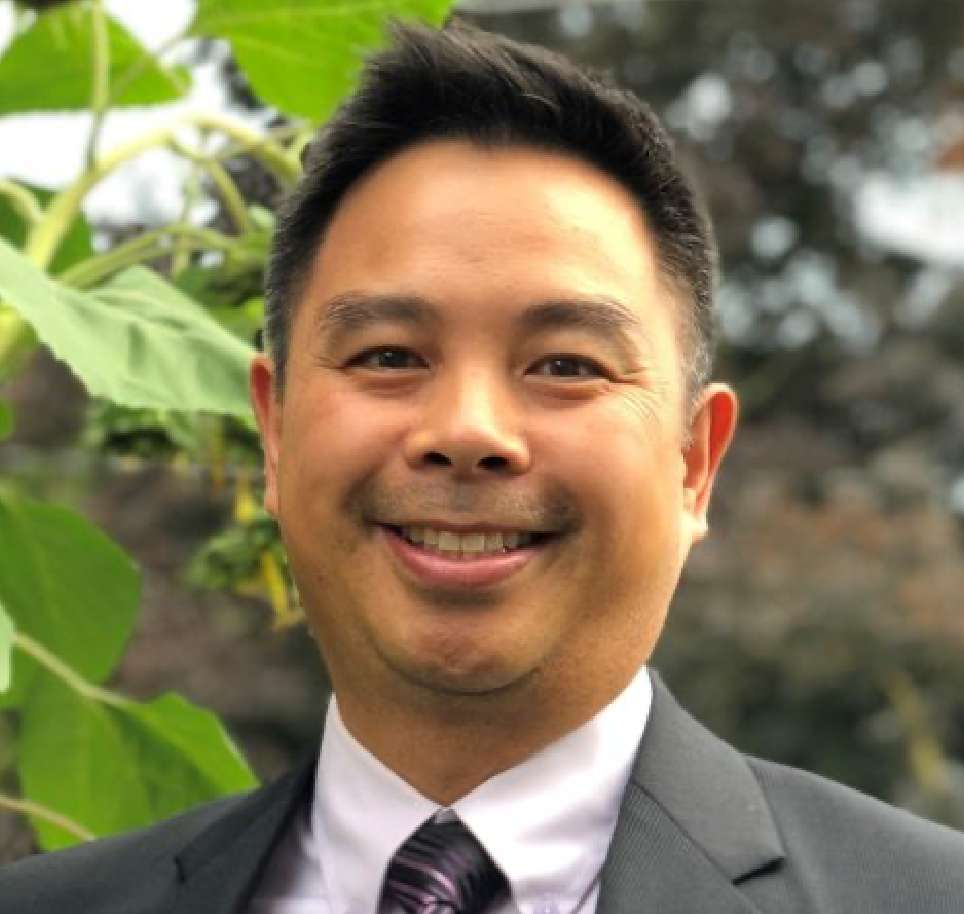
Albert Ho,
First Capital Realty
Environmental Risk Management in Real Estate
- Bio |
- Abstract
- | Presentation
Albert Ho
Albert Ho is the Director of Environmental Programs with First Capital Realty for 8 years. He provides direction and leadership to manage environmental risk nationally. Albert has over 20 years of experience in the field of environmental risk management, investigation and remediation. His experience includes both working as an environmental consultant and working in industry including real estate and manufacturing. He is a Professional Engineer and holds a Bachelor and Master of Engineering (Environmental) from the University of Guelph, MBA from Queen’s University, and Certified Risk Manager (CRM). Albert enjoys learning and is very open to new ideas. He is also a Sessional Lecturer for the Graduate Department of Physical & Environmental Sciences at University of Toronto Scarborough teaching Contaminated Sites Remediation to students of the Master of Environmental Science Program.
Environmental Risk Management in Real Estate
How does a publicly traded real estate company manage environmental risk? This presentation will touch on some of the key functional teams within a real estate company and explore their roles and how environmental risk is managed. These teams include Investments, Valuations, Leasing, Financing, Construction, Development and Property Management. A case study will be presented examining the journey from acquisition due diligence of a property to the development planning while incorporating environmental management.
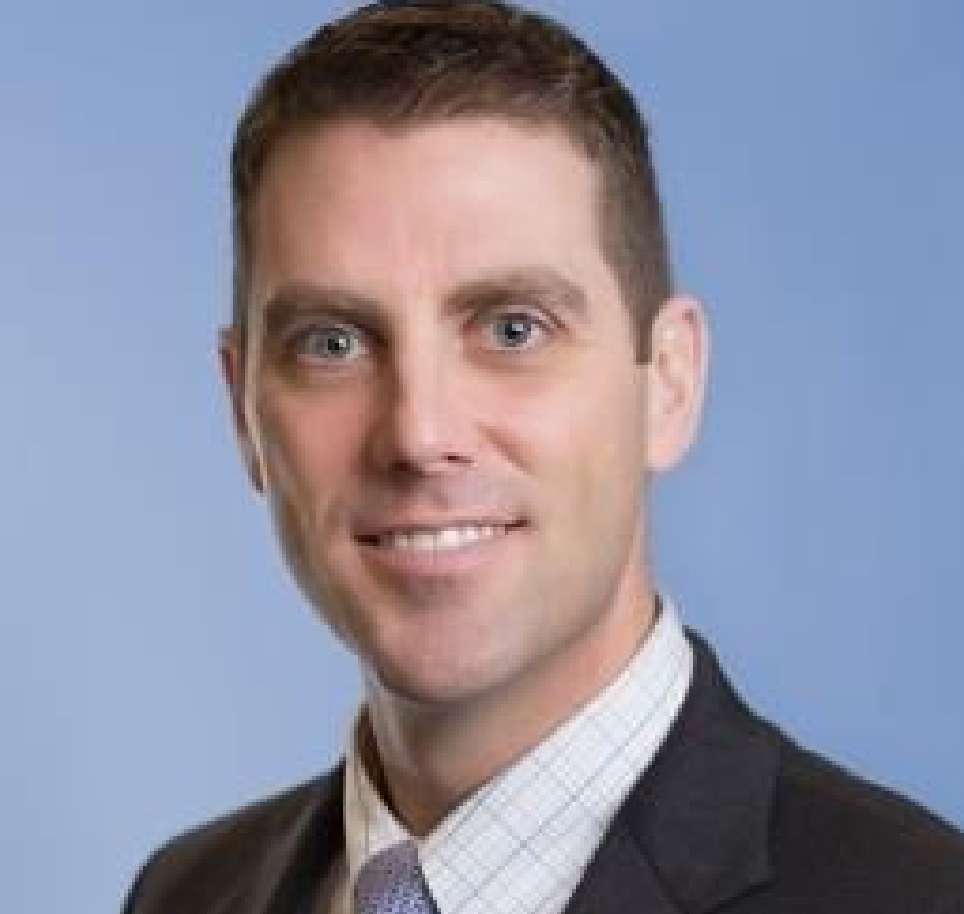
Richard Butler,
Willms & Shier Environmental Lawyers
Environmental Consultants do Get Prosecuted and Sued!
- Bio |
- Abstract
- | Presentation
Richard Butler
Richard Butler B.Sc. (Hons.), MSc., LL.B., is a Partner at Willms & Shier Environmental Lawyers LLP. Richard practices advocacy before all levels of court and tribunals, including civil litigation, administrative appeals and defence of environmental prosecutions. Richard provides advice and support to clients on all aspects of environmental law including regulatory compliance and approvals, contaminated land investigations and remediation and spills response, wastewater discharges and waste management. Richard is leading the firm’s cannabis practice, including regulation at the federal, provincial and municipal levels. The firm has experience in cannabis waste, waste water and greenhouse regulation, agricultural practices and exemptions. Richard’s experience also includes Environmental Risk Assessments for food producers, farming properties and greenhouses. Richard’s degrees in Earth Sciences and experience with mining projects in Ontario, B.C., and North of 600 complement his work in assisting clients to secure mining rights and approvals, develop mining infrastructure, and manage mine waste and waste water issues. Richard frequently works with clients in the municipal, construction, food processing, land development, mining and exploration, and insurance sectors. Richard is called to the Bar in Ontario.
Environmental Consultants do Get Prosecuted and Sued!
Environmental regulators across the country are generally seeking higher fines and more onerous plea deals including in prosecutions against environmental consultants. In the most egregious circumstances, courts across the land have awarded loss of professional consulting privileges upon conviction. In addition, when things go wrong, environmental consultants get sued for negligence and breach of contract. For a consultant, there is no fun in reporting a claim to and asking for a legal defence from his or her professional liability insurer. During this session at SMART Remediation 2020, Willms & Shier Environmental Lawyers will: review the most common consultant errors that give rise to exposure to legal proceedings compare and contrast environmental regulatory liability and environmental civil liability explain legal cases against consultants and decisions of Canadian Courts outline the meaning of the statute of limitations for claims against consultants, and review environmental consultant insurance requirements and the legal meaning of ‘reliance’.
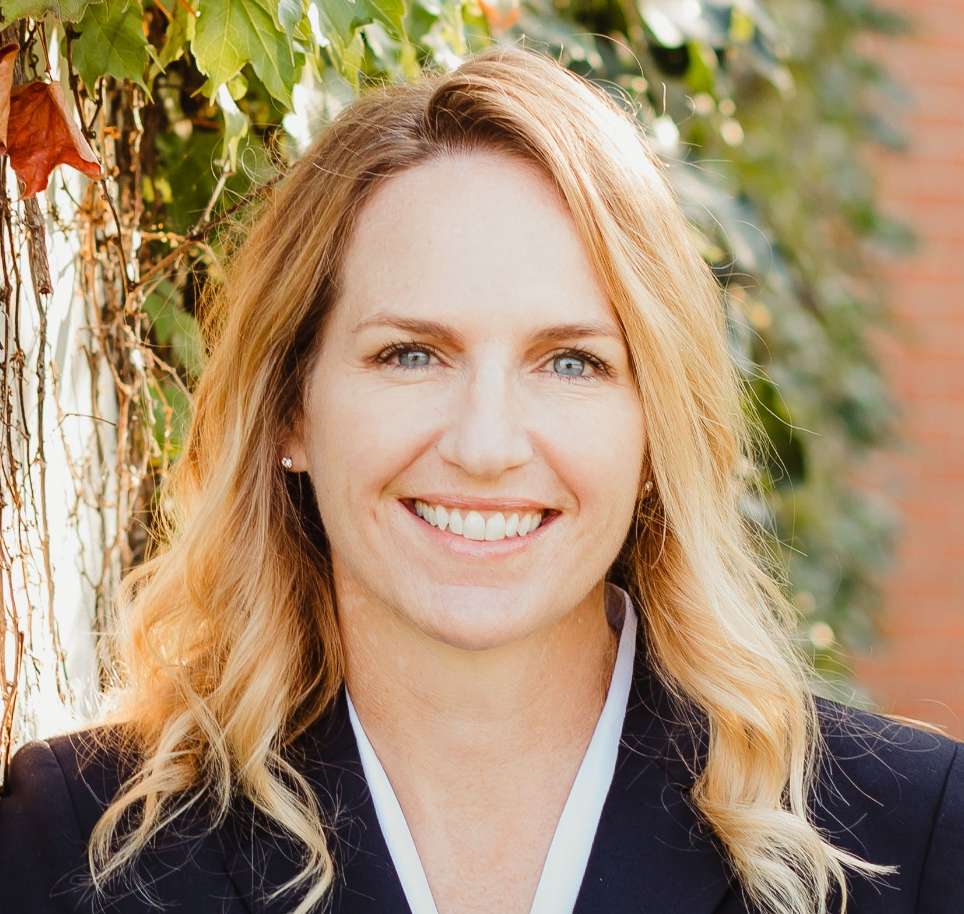
Krista Barfoot,
Stantec
Approach Applied and Lessons Learned in Optimizing Soil Reuse for Large Redevelopment Projects
- Bio |
- Abstract
- | Presentation
Krista Barfoot
A Brownfield Redevelopment Specialist with Stantec Consulting Limited, Dr. Barfoot has 23 years of industry experience, including over 15 years of experience in strategic site planning, risk assessment, vapour intrusion assessment, and risk management. Dr. Barfoot’s technical expertise additionally extends to excess soil management, emerging contaminants (including per- and polyfluoroalkyl substances [PFAS]), non-aqueous phase liquid, risk mitigation measures, and stakeholder communication. Dr. Barfoot is a qualified person for risk assessment (per Ontario Regulation 153/04), chair of the Ontario Environmental Industry Association (ONEIA) Brownfields Committee, an ONEIA Excess Soils Sub-Committee member, and a member of the board of the Canadian Brownfields Network. She has also twice served on the Canadian Urban Institute’s Excess Soil Symposium Advisory Committee. She has actively led the development of the strategic approach for revitalizing a number of large, high-profile brownfield sites in Ontario, and is based in Stantec’s Waterloo office.
Approach Applied and Lessons Learned in Optimizing Soil Reuse for Large Redevelopment Projects
Large infrastructure and redevelopment projects can create significant soil movement activities. When these projects occur in older urban centres, they can be complicated by the presence of soil that does not meet provincial generic standards. While Ontario anticipates a new provincial regulation geared to managing excess soil (i.e., soil that will be removed from a project area), there is an increased focus on evolving processes that support maximizing the reuse of soil within a project area. This has been especially true for the flood protection and revitalization efforts currently happening in the Toronto Port Lands. The project works, occurring within underutilized brownfield lands, are expected to produce over 1 million cubic metres of soil that will require management in alignment with Ontario’s current and anticipated future regulations, as well as stakeholder sustainability objectives. The development and implementation of an optimum soil management strategy for this unique site has involved a series of complex steps. Using this site as a case study, this presentation will review the process applied and lessons learned in the development and implementation of the soil management strategy, including: 1) Relevant current and projected regulatory structure in Ontario, and its implications for soil reuse; 2) The technology (e.g., investigative, modeling, analytical, risk assessment) applied to assess soil reuse options; 3) Key metrics identified to support soil management decisioning; 4) Implications for management and construction oversight under the evolved framework; and 5) Resulting data management requirements and proposed tools to address those requirements.
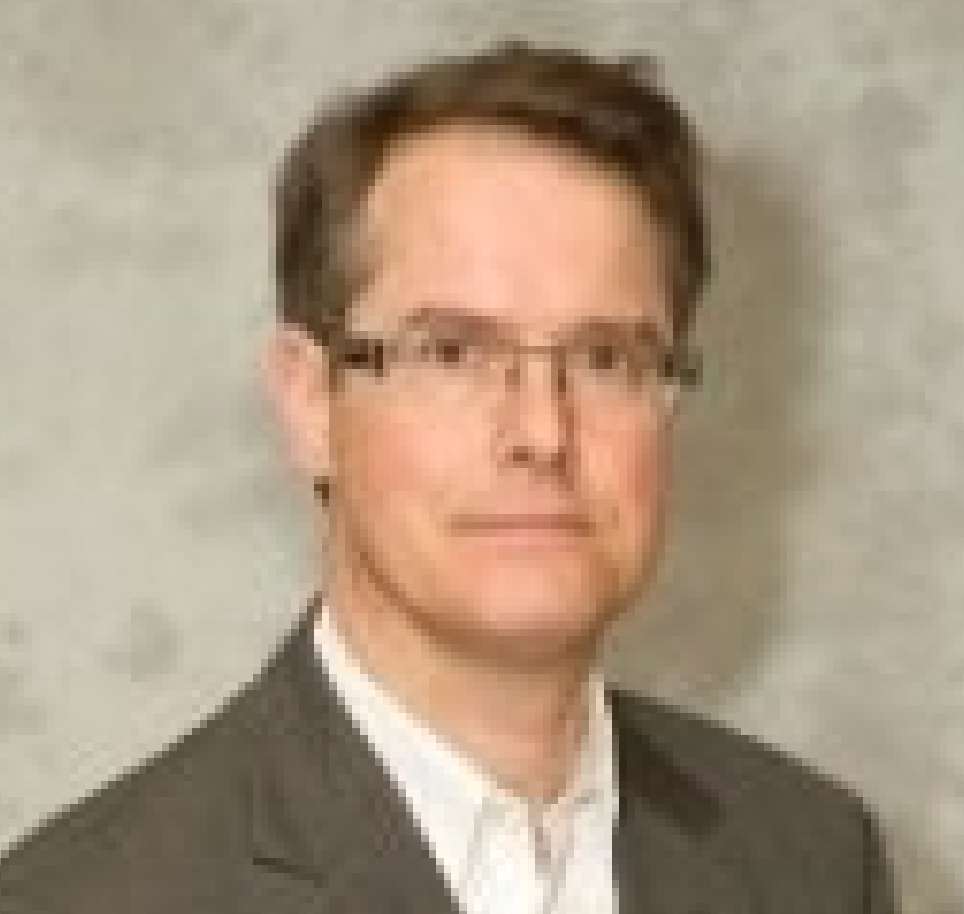
George Boire,
Marsh
Buying, Selling and/or Redeveloping Commercial Real Estate
- Bio |
- Abstract
- | Presentation
George Boire
George has over 34 years of experience in environmental risk management associated with commercial and industrial operations. George is the Environmental Practice Leader for Marsh Canada where he has been for the past 16 years. His responsibilities include managing the operations of the practice, acting as a senior advisor to clients, managing company relationships with leading environmental insurance markets, as well as fostering new environmental risk consulting and insurance opportunities with our clients. A significant portion of George’s work is related to helping clients assess their potential environmental risks and transfer them as appropriate using traditional insurance and/or alternative risk financing options such as captives. George is also part of a Sustainability practice that includes representative from various Marsh and McLennan (MMC) companies that is looking for ways to help our clients assess and manage risks associated with climate change. George is also responsible for developing and fostering strategic business alliances with centres of influence including law firms, consulting firms, and lenders.
Buying, Selling and/or Redeveloping Commercial Real Estate
One of the most significant risks associated with buying, selling and/or redeveloping commercial real estate today is the potential for environmental liability related to both known and unknown pollution conditions. Environmental insurance that can help manage this potential liability risk has been available in Canada for some time now. The frequency and severity of claims related to such historical pollution conditions has increased over the last 5 to 10 years due to many factors including the trend towards urban infill and densification, as well as the trend towards more stringent soil and groundwater standards across the country. Claims managers and adjustors at the Environmental Insurance companies have varying degrees of understanding and experience with remediation technologies and many look to outside consultants and contractors when it comes to the management and/or oversight of claims involving soil and groundwater remediation. We will review recent claims examples and provide some commentary on how new remediation technologies can be used to improve outcomes.
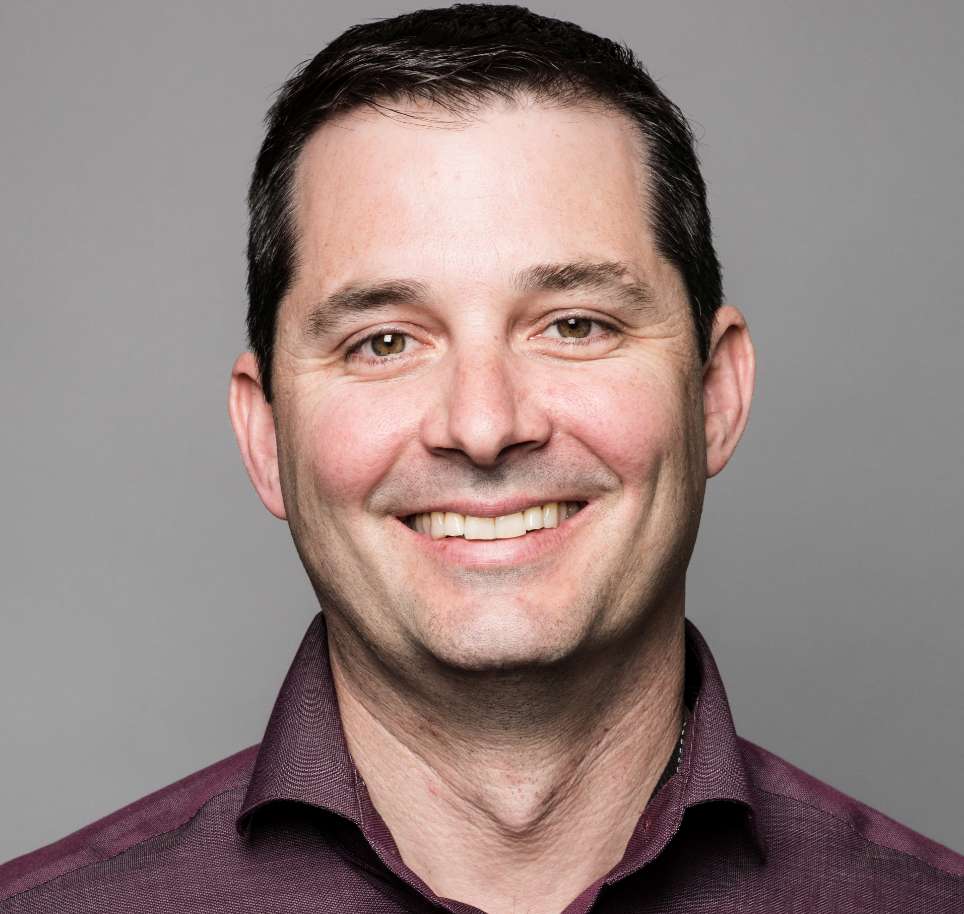
David Bertrand,
Geosyntec Consultants International Inc.
Waterfront Toronto – Risk Management Measures for the New River Valley
- Bio |
- Abstract
- | Presentation
David Bertrand
David Bertrand is a Principal at Geosyntec Consultants. He is a hydrogeologist with over 20 years of experience in environmental consulting, brownfield redevelopment, waterfront revitalization, investigation and remediation of sites with recalcitrant contaminants, and vapour intrusion assessment and mitigation.
Waterfront Toronto – Risk Management Measures for the New River Valley
The City of Toronto, the Province of Ontario, and the Government of Canada are undertaking a massive design and redevelopment of the Port Lands as part of the Waterfront Toronto Port Lands Flood Protection and Enabling Infrastructure (PLFPEI) Project. The Port Lands are a 1,000-acre area on the shore of Lake Ontario, immediately east of downtown Toronto. The area was man-made through decades of infilling of historic wetlands and has historically been used for heavy industry. Contaminants of concern primarily include petroleum hydrocarbons and metals. Much of the area is within the flood plain of the Don River and therefore flood protection must be created before the area can be fully developed. This includes the design and construction of a new River Valley that will connect the existing Don River to Lake Ontario. This presentation will provide an overview of the risk management measures being constructed to prevent the migration of contaminants into the new River Valley. These measures will include structural and non-structural concrete secant pile walls, concrete slurry walls, clay berms, a geosynthetic clay liner, a geomembrane, and a reactive (activated carbon) layer.
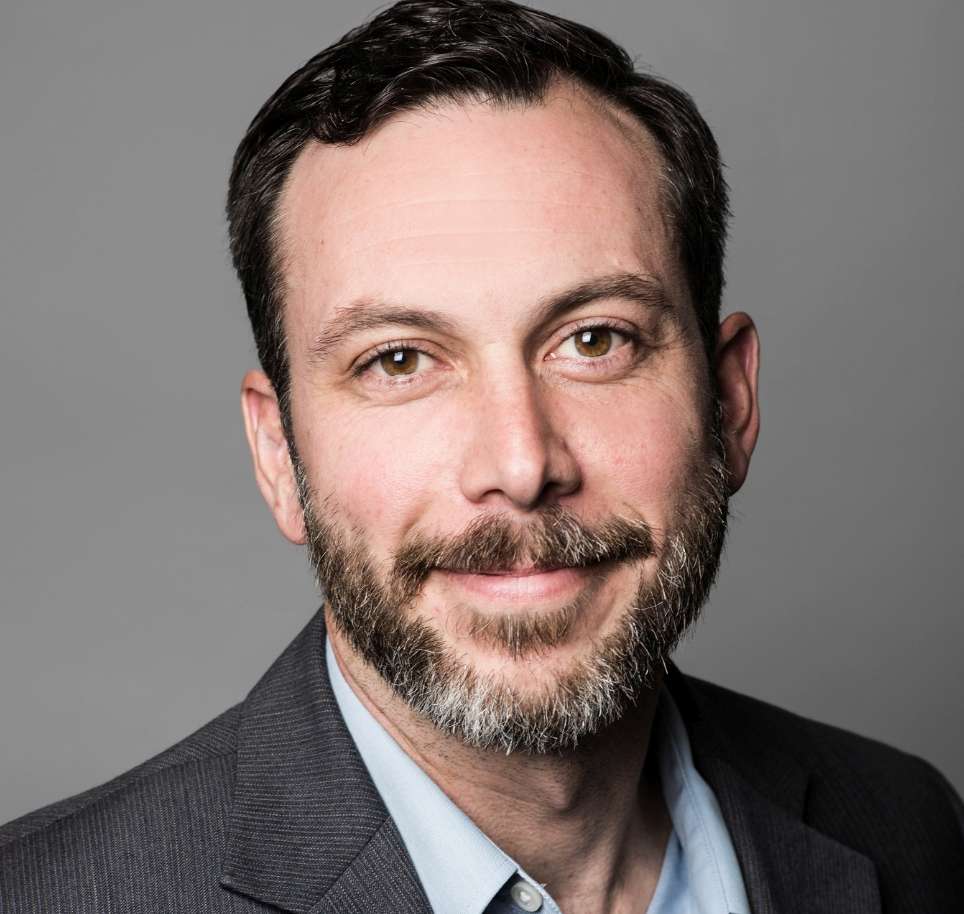
Paul Nicholson,
Geosyntec Consultants International Inc
A New Model for Sub-Slab Mitigation for Vapour Intrusion
- Bio |
- Abstract
- | Presentation
Paul Nicholson
Paul Nicholson, P.Eng is a senior environmental engineer with a focus on assessing and mitigating human health risks associated with sub-surface vapour intrusion. Paul managed Geosyntec’s recently completed US Department of Defense funded 5-year research project on the optimization of sub-slab mitigation systems 9ESTCP ER201322). Through this research Geosyntec continues to develop innovative solutions to vapour intrusion problems and expand the understanding on how to design optimal mitigation systems. Paul was integrally involved in the development of Geosyntec’s High Volume Sampling (HVS) protocol and the subsequent modeling and analysis of HVS data for understanding the pneumatic properties of vapour intrusion. All of these tools have led to a focus on the mitigation of new and existing large commercial/industrial properties. In addition to vapour intrusion activities, Paul is involved with many remediation projects including multi-phase extraction (MPE) for hydrocarbons, enhanced in-situ bioremediation (EISB) of chlorinated solvents and the design and installation of soil vapour extraction (SVE) systems. Paul has worked on remediation sites in Canada, United States, Malaysia, Mexico and Australia.
A New Model for Sub-Slab Mitigation for Vapour Intrusion
Geosyntec Consultants has just completed a five-year research program conducted for the U.S Department of Defense (ESTCP ER201522) developing several new lines of evidence for the performance monitoring of active sub-slab depressurization (SSD) systems for the mitigation of vapour intrusion. Most mitigation systems follow decades old radon research to base the performance of the system on inducing negative pressure beneath the slab. The results of this research provide new lines of evidence to evaluate the performance of a mitigation system based on vacuum, velocity, travel time and mass flux. The study included detailed assessments at four buildings ranging in size from 1,200 to 64,000 ft2. Testing included several new pneumatic test methods for evaluating SSD systems including vacuum vs distance from the extraction point, vacuum vs time in response to cycling the fan on and off, inter-well helium tracer testing, helium flood testing and mathematical analysis of the data using a new spreadsheet model. These efforts were compared to an existing database of 121 sets of pneumatic data to provide a basis for use of alternative SSD performance metrics such as velocity, travel time and mass flux. This presentation will provide an overview of the new tools used to evaluate and design SSD mitigation systems. The new calculation of building specific attenuation factors based on the pneumatic properties of the building floor slab will be provided. In addition, four new lines of evidence to evaluate the performance of a SSD system will be presented based on vacuum, velocity, travel time and mass flux.
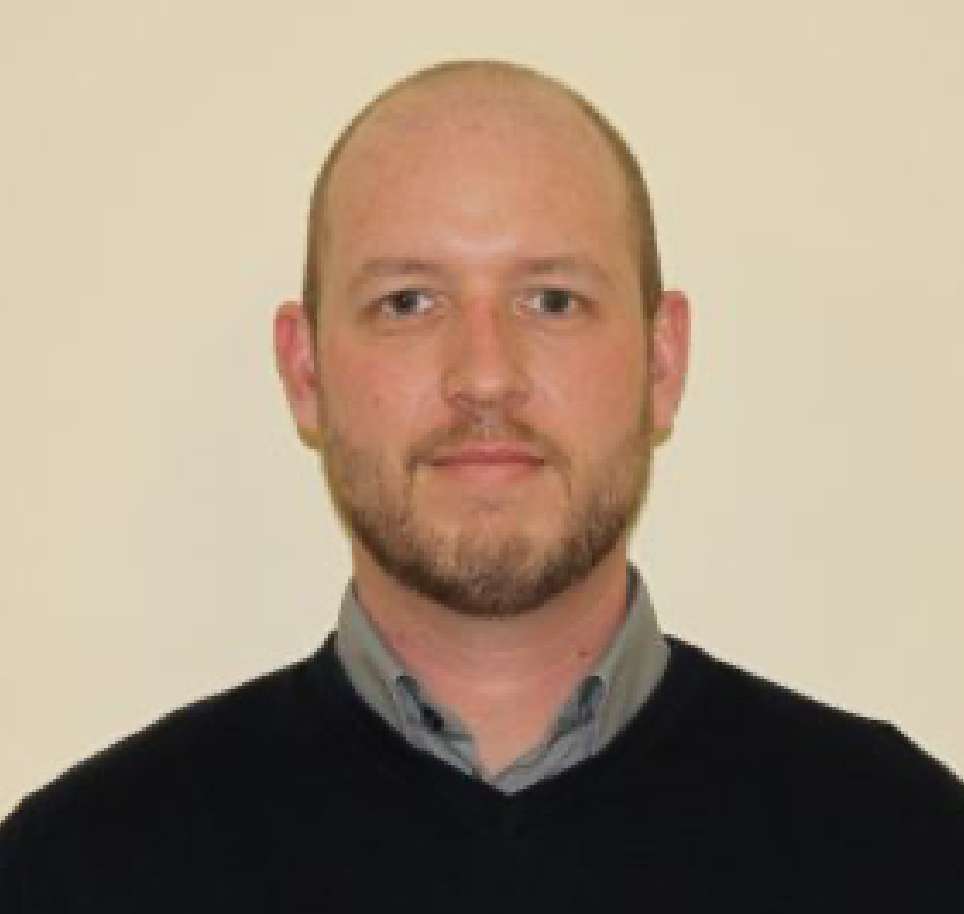
Gerren Feeney,
Premier Environmental Services Inc.
Case Study: New Delivery Method to Inject Remedial Amendments into a Difficult Aquifer
- Bio |
- Abstract
- | Presentation
Gerren Feeney
Mr. Feeney is a Project Manager at Premier Environmental Services Inc., with over 11 years of experience in Environmental Site Assessment, Risk Assessment and Remediation. His project experience has extended across Canada and the United States working within the regulatory frameworks of these jurisdictions. Mr. Feeney holds a Bachelor’s degree from the University of Guelph in Environmental Science and a Post-Graduate Diploma in Environmental Engineering from Conestoga College. Mr. Feeney is a Professional Geoscientist registered in Ontario and is a Qualified Person as defined by O. Reg. 153/04.
Case Study: New Delivery Method to Inject Remedial Amendments into a Difficult Aquifer
In-situ remediation of petroleum hydrocarbon compounds (PHCs) is commonly applied across Canada. So why is it that some such projects are successful while other fail? How is a practitioner to know when is the right time to start remediation, what product(s) to use, how to select and how apply an appropriate in-situ remediation technique? How does one know how much data to collect beforehand, during and after remediation, and what data is the most important to remediation success? It seems that rarely do people highlight their remediation failures, yet much can be learned from studying what does not work to figure out the cause(s). The purpose of this talk is to present a case study of an actual site where two different in situ remediation techniques were used to treat PHCs and they both failed. Within this presentation, the site background and subsurface data will be reviewed, the remediation approaches will be presented, and possible reasons for the failed remedial efforts will be put forth. The talk will conclude by showcasing what additional Site data was collected and how a different in-situ remediation approach was selected and applied. This decision making process resulted in a delayed, but ultimately successful, remediation project. The site is a former fueling station located at the corner of a busy intersection in an urban area. There was significant on-site contamination, yet Risk Management Measures were used so remediation of the source area was not required. However, it was essential that the PHC plume be controlled to prevent its continued off-site migration. This talk will highlight how an injected Permeable Reactive Barrier (PRB) for PHCs was at first unsuccessfully, and then successfully, installed along a busy down-gradient property boundary. Throughout the presentation recommendations and insights will be offered into how to avoid failure and how to maximize success for in-situ remediation projects.
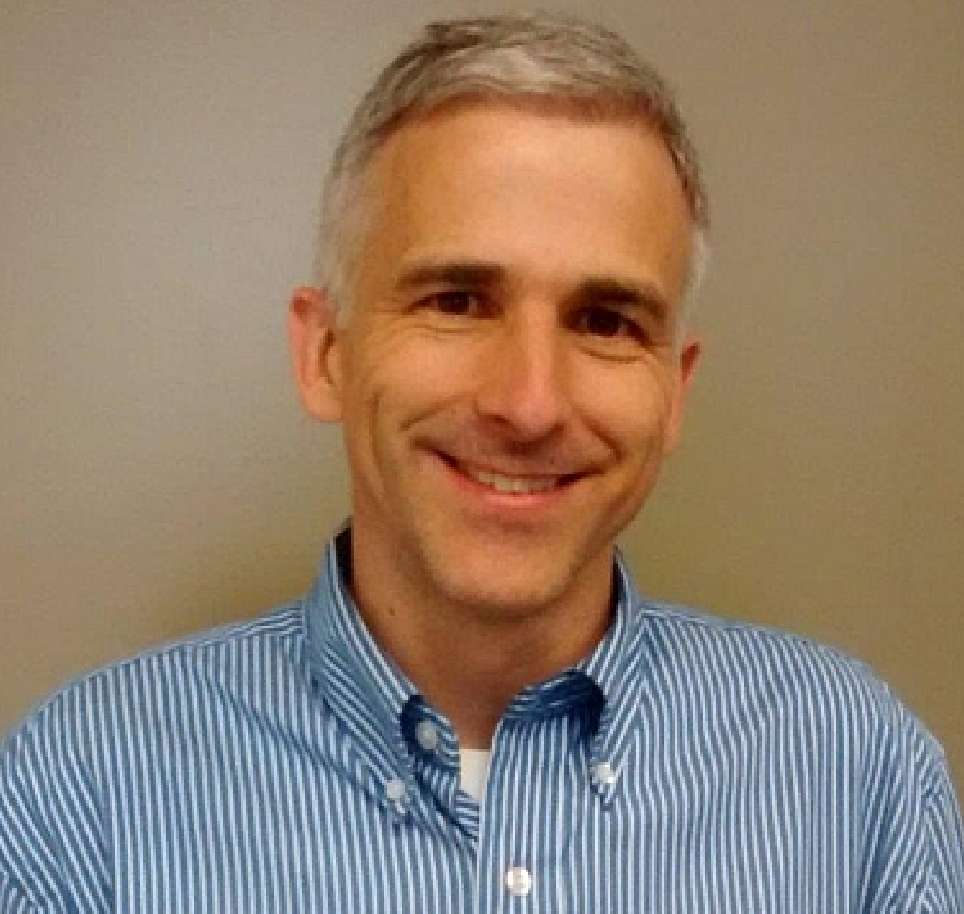
Chris Lompart,
MECP
Excess Soil Management in Ontario
- Bio |
- Abstract
- | Presentation
Chris Lompart
Chris Lompart is the Manager of Land Use Policy at the Ministry of the Environment, Conservation and Parks. Chris has been with the Ministry for the past twenty years and has worked on environmental policy development for over 25 years in the public and non-government sectors. Chris has spent much of that time working on brownfields redevelopment and excess soil policy as well as environmental planning and land use planning-related legislation, regulations, and policy, such as the Lake Simcoe Protection Act and Plan, the Provincial Policy Statement and Growth Plan, and the Great Lakes Protection Act.
Excess Soil Management in Ontario
Excess soil is soil that has been dug up, typically during construction activities. It must be moved off-site because it can’t or won’t be reused at the development site. The purpose of this presentation will be to provide an overview of the new On-Site and Excess Soil Management regulation that was finalized in December 2019. This regulation will help to facilitate local beneficial reuse of excess soil – which in turn will reduce greenhouse gas emissions from soil transportation, while ensuring strong protection of human health and the environment. This presentation will include a summary of the key elements of the regulation including early planning requirements, reuse rules and new risk-based standards and tools referenced by the regulation.